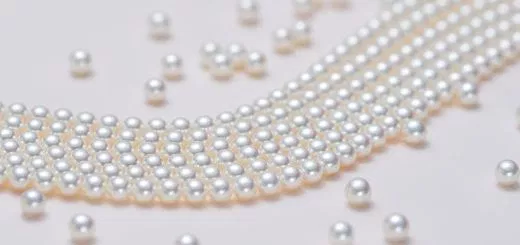Discovering Gemstones - July Edition
Ruby, the gemstone of July, is one of the most historically significant coloured stones. They have long been associated with beauty, love, and wisdom. Ancient Hindus believed that those who offered fine rubies to the god Krishna were granted rebirth as emperors.
The word ruby comes from the Latin word ruber, which means “red.” For this reason, it is the name given to the red variety of the mineral corundum, which is the second hardest mineral on the Mohs scale of Hardness. At a hardness of 9, rubies are almost as hard as diamonds. And in some cases, rubies have even been sold at auction at a higher value than a high-quality diamond! This is because high-quality specimens are quite rare.
For centuries, the world’s main source for rubies was in the Mogok Valley in Upper Mayanmar (Burma). That region has produced some of the finest rubies ever mined, however in recent years few good rubies have been found there.
Rubies can be found in different minerals and rocks. Anyolite, also known as “ruby in zoisite” is a rock composed of zoisite, with red corundum crystals (ruby). The most renowned rubies, like those from Myanmar, typically form in marble.
Ruby in Zoisite / Cut Ruby
Ruby in Marble
Rubies typically fluoresce red under ultraviolet light, even the ultraviolet light in sunlight. The fluorescence is due to the higher levels of chromium found in its internal structure: the more chromium, the stronger the red colour.
Ruby Fluorescence
Ruby is considered one of the four precious stones, along with sapphire, which is actually blue corundum.
Looking for rubies and other gemstones? The 34th annual Sudbury Gem and Mineral Show is on this July 15-17, 2016. Vendors and exhibitors will gather to showcase a vast array of interesting rocks and minerals from around the world. Don’t miss out!




